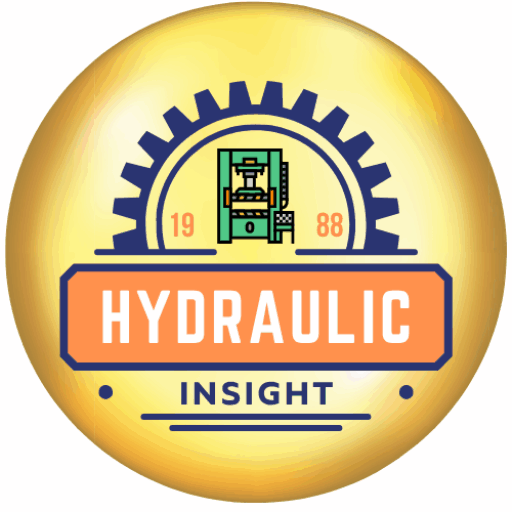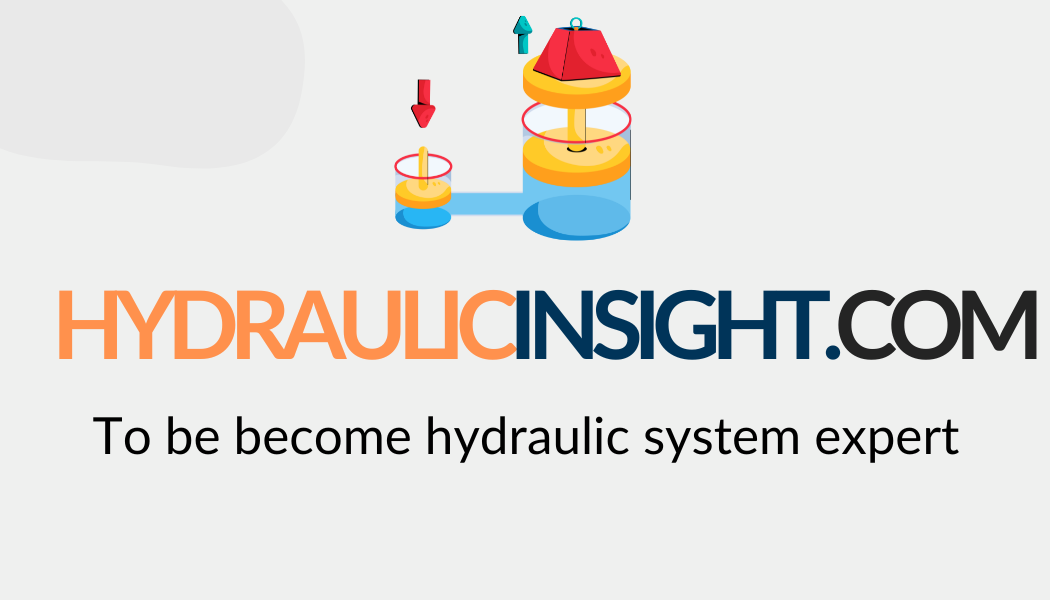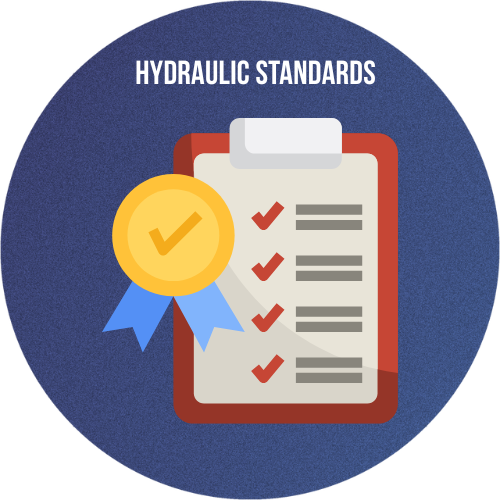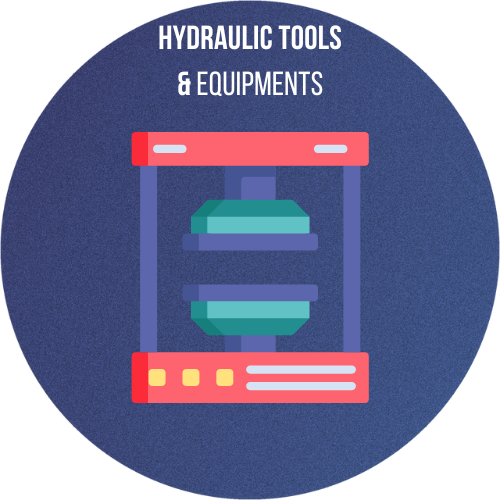Applications of Hydraulic Filters
Hydraulic systems are used in a wide range of industries and equipment, from heavy construction machinery to high-precision aerospace controls. No matter the application, one thing remains consistent: the need for clean hydraulic fluid. The hydraulic filter plays a critical role in maintaining system reliability and performance across various environments and industries.
1. Industrial Manufacturing
In manufacturing plants, hydraulic systems power press machines, CNC tools, injection molding machines, and robotic arms. These systems operate at high speed and precision, making them vulnerable to contamination.
-
Why filters matter:
-
Maintain tight tolerances
-
Prevent production downtime
-
Protect servo valves and actuators
The use of hydraulic filters in these systems ensures smooth motion, reduced wear, and consistent product quality.
2. Mobile Equipment and Construction Machinery
Bulldozers, excavators, backhoes, and agricultural machines rely heavily on hydraulics for lifting, moving, and manipulating materials. Operating in dirty, rugged environments exposes these machines to external contaminants like dust and moisture.
Using robust, easy-to-replace hydraulic filters in mobile applications helps reduce field failures and minimizes maintenance costs.
3. Aerospace and Defense
In aerospace and defense applications, hydraulic systems control everything from landing gear and flight surfaces to missile systems. These environments demand extremely high reliability, often under extreme temperatures and pressure conditions.
A hydraulic filter in aerospace applications must meet stringent safety and cleanliness standards such as AS4059 or ISO 4406.
4. Oil and Gas Industry
Hydraulic systems are integral to offshore rigs, drilling platforms, and refinery equipment. These systems face high-pressure demands, corrosion risk, and remote operation, making filter reliability crucial.
Offshore operators often use offline hydraulic filters to keep fluids ultra-clean without shutting down systems.
5. Renewable Energy: Wind Turbines and Hydroelectric Plants
Wind turbines use hydraulics to control blade pitch and braking systems, while hydroelectric plants rely on them for gate control and flow regulation. In both cases, maintenance access is limited, so fluid cleanliness must be managed proactively.
-
Common filter solutions:
-
Kidney-loop filters for continuous cleaning
-
Remote differential pressure monitoring
-
Long-life filter media for reduced service frequency
A properly selected hydraulic filter helps avoid costly maintenance in hard-to-access installations.
6. Marine and Shipbuilding
Hydraulic systems aboard ships manage steering, stabilizers, lifting gear, and hatch control systems. These systems must remain operational in salty, humid environments that accelerate corrosion.
In marine applications, a high-performance hydraulic filter ensures safety and compliance with maritime regulations.
7. Mining and Heavy Industry
In mining operations, hydraulic power is used in drills, loaders, conveyors, and ore crushers. These harsh environments generate dust and debris that can severely damage sensitive equipment.
Robust and durable hydraulic filters reduce the risk of expensive downtime in mission-critical heavy equipment.
8. Food and Beverage Industry
Even in hygienic environments, hydraulic systems are used to automate production lines, control valves, and manage processing equipment. Food-safe hydraulic fluids often require equally clean filtration systems.
A well-maintained hydraulic filter ensures both operational safety and product cleanliness.
Summary Table: Applications and Filter Focus
| Industry |
Key Hydraulic Filter Requirement |
| Manufacturing |
Fine filtration, long life, pressure compatibility |
| Construction |
Rugged filters, easy to replace, spin-on types |
| Aerospace |
Ultra-fine media, certified, lightweight construction |
| Oil & Gas |
High-pressure, corrosion-resistant, offline filtration |
| Renewable Energy |
Remote monitoring, long-life media |
| Marine |
Salt-resistant materials, compact filters |
| Mining |
Heavy-duty filters, vibration resistance |
| Food & Beverage |
Food-grade components, non-shedding filter media |
Hydraulic filters are everywhere—working quietly behind the scenes in every industry that depends on motion, power, and precision. By understanding the specific needs of each application, system designers and maintenance teams can select the right hydraulic filter to ensure both performance and protection.


 HYDRAULIC BASICS
HYDRAULIC BASICS  HYDRAULIC COMPONENTS
HYDRAULIC COMPONENTS  HYDRAULIC SYSTEM
HYDRAULIC SYSTEM  HYDRAULIC SYMBOLS
HYDRAULIC SYMBOLS  HYDRAULIC STANDARDS
HYDRAULIC STANDARDS  HYDRAULIC CALCULATORS
HYDRAULIC CALCULATORS  HYDRAULIC TOOLS
HYDRAULIC TOOLS  BUYER’S GUIDES
BUYER’S GUIDES 



